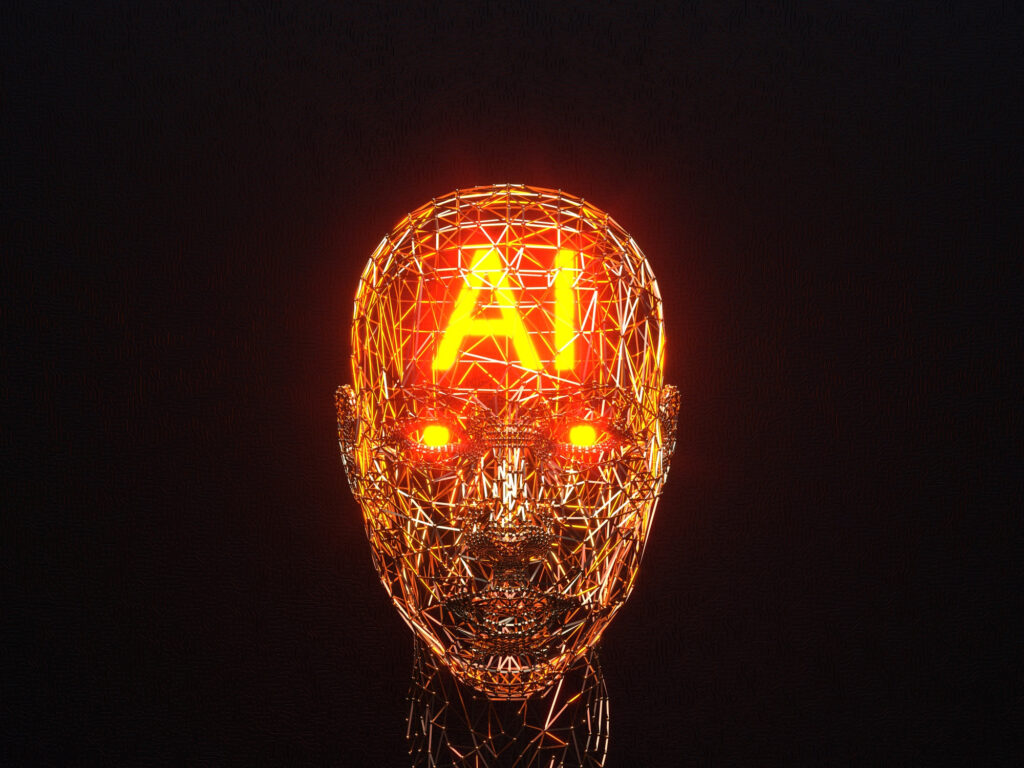Generative AI, also known as Generative Adversarial Networks (GANs), has been making waves in the world of artificial intelligence. It’s a groundbreaking technology that has the capability to create content that appears human-generated, such as images, text, and even music. In this article, we’ll explore what generative AI is, how it works, and its applications in various fields.

Understanding Generative AI
Generative AI is a subset of artificial intelligence that focuses on generating content, such as images, text, or audio, that closely resembles human-created content. It’s a departure from traditional AI systems that rely on rule-based programming or statistical methods to perform tasks. Instead, generative AI leverages neural networks to create content that is both realistic and creative.
How Does Generative AI Work?
At the heart of generative AI is the Generative Adversarial Network, or GAN. A GAN consists of two neural networks: the generator and the discriminator. These networks work in tandem, creating a competitive dynamic that drives the generation of content.
-
Generator: The generator network’s role is to create content. It starts with random noise as input and gradually refines it to generate content that resembles human-created data, such as images, text, or audio.
-
Discriminator: The discriminator network’s job is to differentiate between real human-generated data and the data created by the generator. It provides feedback to the generator, helping it improve its output over time.
The process works like a game where the generator and discriminator are adversaries. The generator aims to create content that is so convincing that the discriminator cannot distinguish it from real human-generated data. This back-and-forth process continues until the generated content reaches a level of quality that satisfies the desired criteria.
Here’s a simplified overview of how generative AI works:
- The generator creates content from random noise.
- The discriminator evaluates the content and provides feedback.
- The generator uses the feedback to improve the content.
- This cycle repeats iteratively, with the generator continually refining its output.
Over time, the generator becomes better at creating content that is indistinguishable from human-generated content, making generative AI a powerful tool for various applications.
Applications of Generative AI
Generative AI has found applications in a wide range of fields, transforming industries and enabling creative and innovative solutions. Here are some notable applications:
-
Image Generation: Generative AI can create realistic images, artwork, and designs. This is used in industries like entertainment, fashion, and advertising to generate visual content.
-
Text Generation: Natural language processing (NLP) models based on generative AI can generate human-like text. This is used in chatbots, content generation, and language translation.
-
Video Game Development: Generative AI can create game environments, characters, and assets, reducing the time and resources required for game development.
-
Medical Imaging: In the medical field, generative AI is used to generate synthetic medical images for research, training, and diagnostics.
-
Content Creation: Generative AI is used to automate content creation for marketing, social media, and journalism, including generating articles, reports, and summaries.
-
Drug Discovery: In the pharmaceutical industry, generative AI is used to discover and design new drugs and molecules with specific properties.
-
Art and Music: Generative AI has created new forms of digital art and music, enabling artists to explore novel creative expressions.
-
Deepfakes: While controversial, generative AI has been used to create deepfake videos and audio, raising ethical concerns about misinformation and privacy.
Challenges and Ethical Considerations
While generative AI offers remarkable capabilities, it also presents challenges and ethical considerations. One major challenge is ensuring the responsible and ethical use of this technology, especially in cases involving deepfakes and misinformation. Striking a balance between creativity, innovation, and ethical boundaries is an ongoing concern.
Additionally, there are concerns about biases in generative AI models. If these models are trained on biased data, they can perpetuate existing biases in their output. Efforts are being made to address these issues and ensure fairness and transparency in AI-generated content.
Conclusion
Generative AI, powered by GANs, is a revolutionary technology that has the capacity to create content that closely resembles human-generated data. Its applications span across various fields, from art and entertainment to medicine and industry. As generative AI continues to evolve, it will likely play an increasingly significant role in shaping the future of creative content generation and innovation. However, with great power comes great responsibility, and ethical considerations and safeguards are essential to ensure the responsible use of this technology.